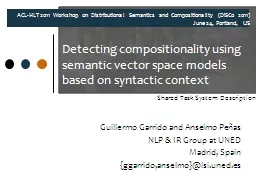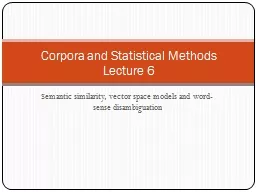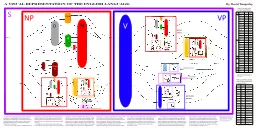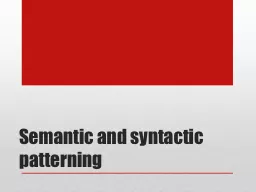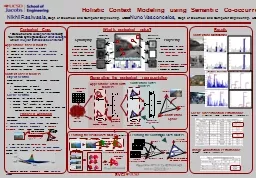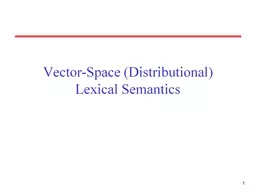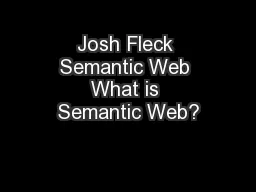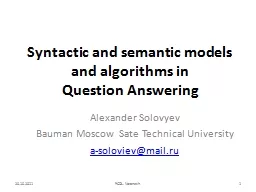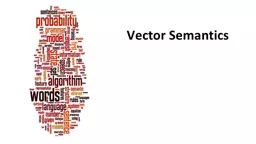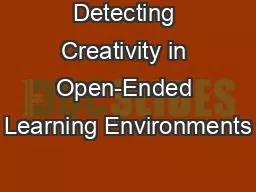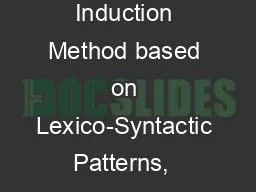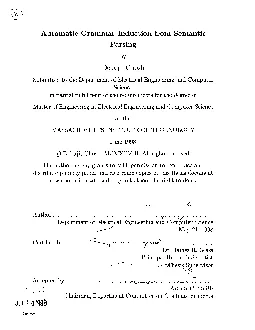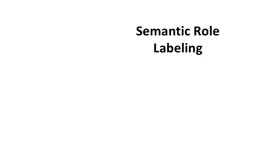PPT-Detecting compositionality using semantic vector space models based on syntactic context
Author : pressio | Published Date : 2020-08-27
Guillermo Garrido and Anselmo Peñas NLP amp IR Group at UNED Madrid Spain ggarridoanselmo lsiunedes Shared Task System Description ACLHLT 2011 Workshop
Presentation Embed Code
Download Presentation
Download Presentation The PPT/PDF document "Detecting compositionality using semanti..." is the property of its rightful owner. Permission is granted to download and print the materials on this website for personal, non-commercial use only, and to display it on your personal computer provided you do not modify the materials and that you retain all copyright notices contained in the materials. By downloading content from our website, you accept the terms of this agreement.
Detecting compositionality using semantic vector space models based on syntactic context: Transcript
Download Rules Of Document
"Detecting compositionality using semantic vector space models based on syntactic context"The content belongs to its owner. You may download and print it for personal use, without modification, and keep all copyright notices. By downloading, you agree to these terms.
Related Documents

